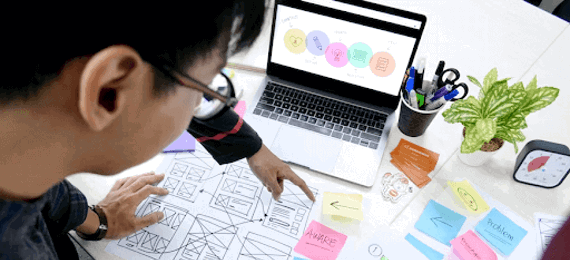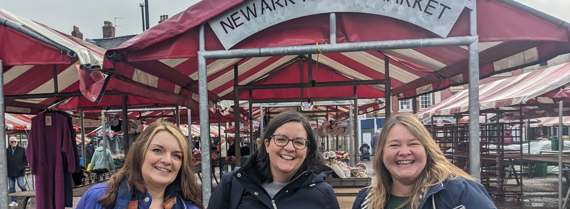
Photo by UX Indonesia on Unsplash
Design research informs and supports every stage of the design process, from the development of a basic prototype or Minimum Viable Product, up to the launch and ongoing evolution of a live product or service.
Our research will allow you to identify and rectify design issues early, ensuring that you to create a satisfying, enjoyable and effective user experience for your customers and reassuring your funders and investors that your product has strong potential.
From our research you will get:
-
Reliable data on how your users engage with your product or service
-
A clear understanding of how and why certain features do or don’t work for users
-
The ability to identify ideas and opportunities based on user needs
-
User journeys and user stories that are based on a genuine understanding of users
-
A clear, well-prioritised roadmap for your product or service
How we will work with you:
If needed, we can recruit suitable testers from our established panel of participants. We will work with you to identify what insights you need and which methods will fit your time and budget. We will then run and analyse the research, providing you with practical, evidence-based design recommendations and ideas to ensure your product or service is a success.
The methods we use include:
Moderated user testing
This method involves observing representative users as they complete a set of tasks with a live or prototype version of your product. The testing session usually includes a short interview to get more detail about the user and their feelings and opinions about the product. Even the simplest user tests can be highly effective for highlighting points at which users become confused, frustrated or lost. They are also a great way to identify ‘quick wins’ - simple design changes that will make a huge difference to the usability and attractiveness of the product.
Think aloud/cognitive walkthrough
This very simple technique involves asking users to verbalise their thoughts and feelings as they use a product or service. As well as identifying both positive and negative aspects of the design, this technique also allows you to understand the reactions your users have to different aspects of your product - the look and feel, features, user journey and content. It’s ideal for testing products that are live or almost complete, with the aim of making the overall user experience smoother and more intuitive.
Critical incident technique
Critical incident technique is a great way to gather insights on an existing product or service, particularly in situations where direct testing isn’t possible. The participant is asked to talk about specific instances when they’ve used a product or service, to describe positive or negative aspects of that experience. The advantage of this technique is that it doesn’t rely on vague, general opinions and impressions - it focuses on particular incidents and issues, providing detailed information on key aspects of how a system functions.
Read more about critical incident technique
Co-design workshops
In a co-design workshop, your users work together with skilled facilitators to ‘design’ the functions and features that they want and need. The aim isn’t to come away with a finalised design - the role of the facilitator is to identify what users are focusing on, what they like and dislike, to get an understanding of what they need and expect from your product. This method allows you to uncover new opportunities and features that you hadn’t thought of and get rich data on how users think and talk about your product or service.
Want to know more? Download a guide to typical timings and costs
Synthesis/ideation workshops
In order to implement the findings of the research, you need to understand them and what they mean. In our synthesis and ideation workshops, we work directly with your team to analyse research and draw out the key insights and generate and discuss evidence-based ideas. Based on an understanding of your company’s goals, we support the team to prioritise these ideas and how they fit together in the product roadmap.
You have a great product - what's next?
A great product needs a great business behind it, with a strong value proposition, viable business model and enough funding to get it off the ground.
Find out how our research can help you to attract funding and investment to grow your business.





